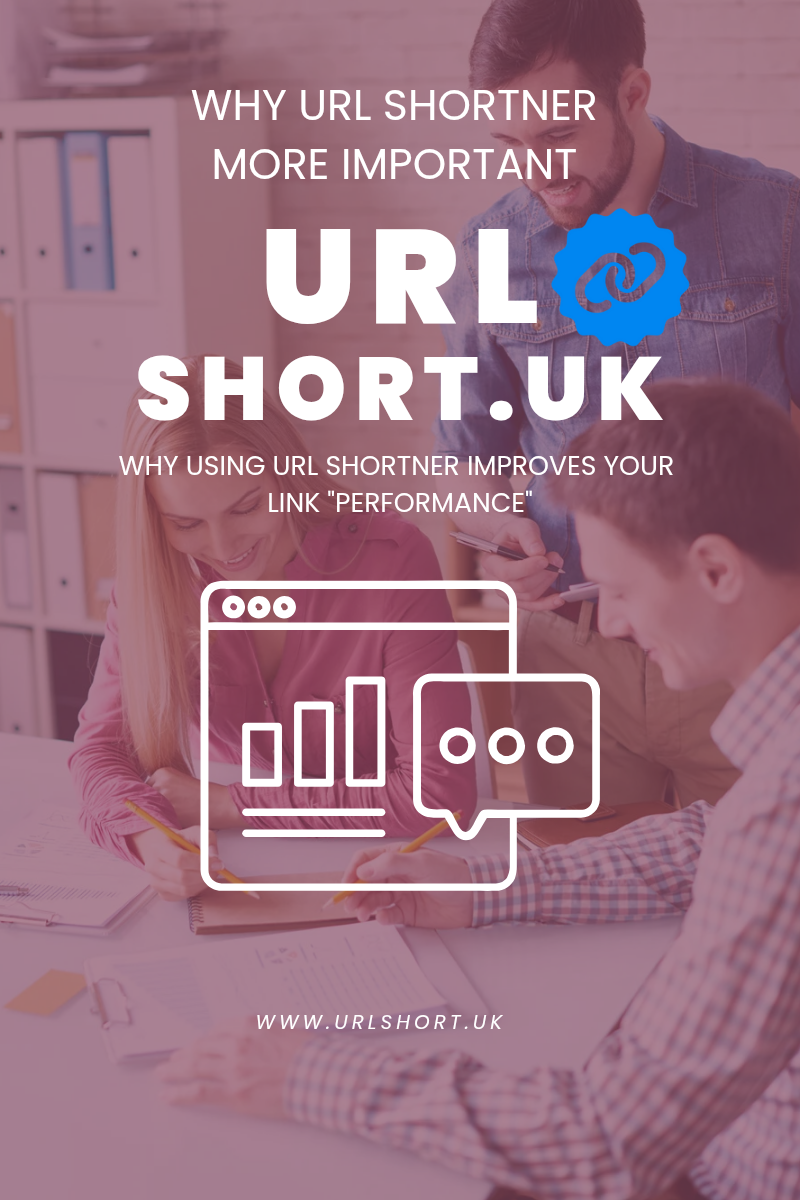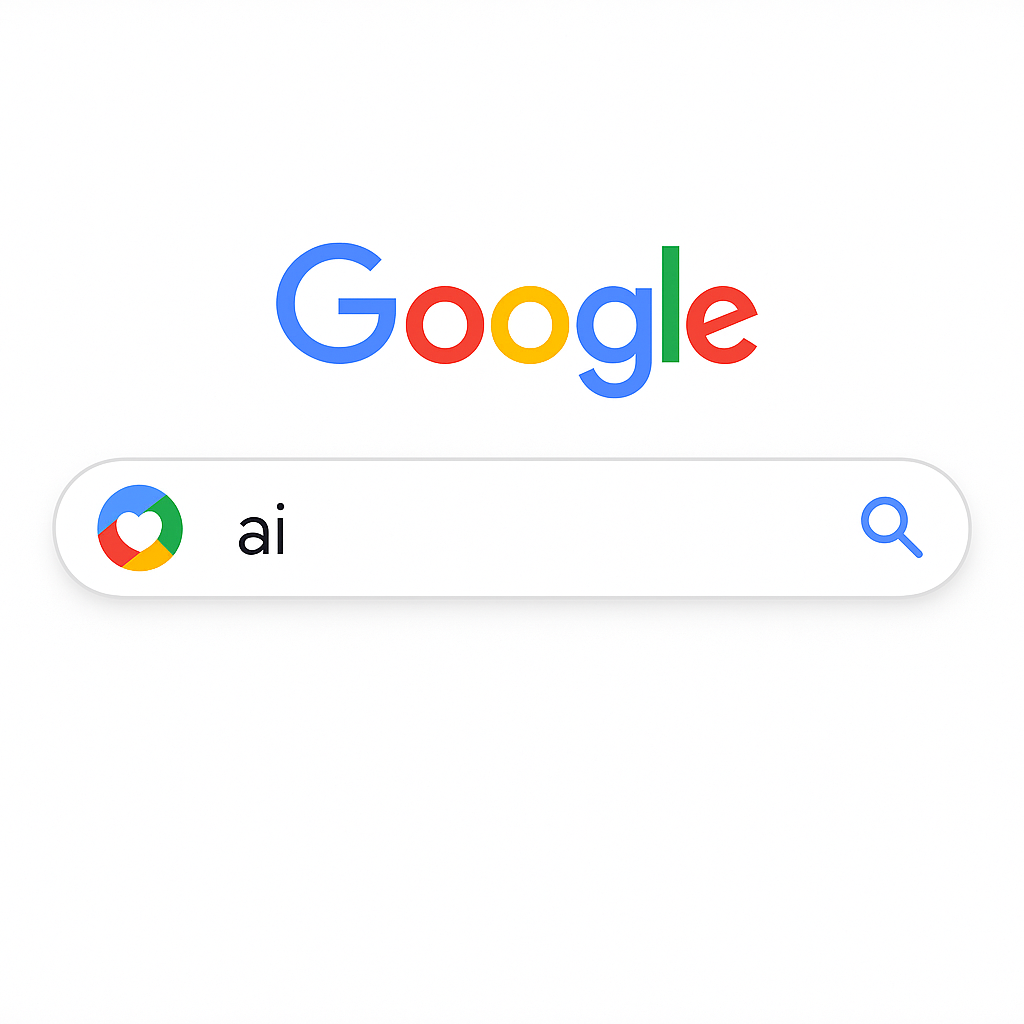Top 10 Uses for a URL Shortener
In the digital age, where attention spans are short and content is shared at lightning speed, URL shorteners have become indispensable tools. Originally designed to turn long, unwieldy links into neat, manageable URLs, these tools have evolved to offer much more. From tracking performance to enhancing branding, URL shorteners are powerful assets in any online toolkit.
Here are the top 10 ways URL shorteners are used today:
---
1. Simplifying Long URLs
Let’s start with the obvious: URL shorteners make lengthy web addresses more manageable. Whether it’s a complex Google Docs link or a product page with tons of tracking parameters, shortening the URL makes it easier to share—especially on platforms with character limits, like Twitter.
---
2. Improving Aesthetics and Click-Through Rates
A short, clean link looks more appealing to users. Compare:
https://example.com/products/category?id=1343&ref=campaign&utm_source=fb_ad_22
The second one is not only easier to read but more likely to be clicked, particularly in visual content like social media posts, digital ads, or email campaigns.
---
3. Tracking Link Performance
Most modern URL shorteners offer built-in analytics. Marketers and content creators use them to track:
Number of clicks
Geographic location of users
Referring websites
Time and date of each click
This data is crucial for evaluating campaign performance and understanding audience behavior.
---
4. Branded Links for Stronger Branding
Services like Bitly and Rebrandly let you create custom short domains (e.g., go.yourbrand.com). These branded links:
Build trust with your audience
Reinforce your brand identity
Improve click-through rates compared to generic short URLs
It’s a subtle but powerful way to stay top-of-mind.
---
5. Sharing on Social Media
Social platforms are one of the biggest beneficiaries of URL shorteners. With limited space and fast scrolling, short links are essential. Plus, they make social bios, captions, and comments much cleaner—helping users quickly focus on the message.
---
6. Link Management and Editing
Some URL shorteners let you edit the destination URL after a link has been shared. This is a game-changer:
Shared the wrong page? Just update the target.
Running a limited-time offer? Redirect the same short link to the next campaign later.
It’s efficient and prevents link rot.
---
7. QR Code Generation
Many URL shorteners offer a built-in QR code generator. This makes it easy to:
Create print materials (flyers, posters, business cards)
Connect offline to online experiences
Track offline campaign performance with digital analytics
---
8. Avoiding URL Breakage in Emails
Long URLs often get cut off in emails or wrapped onto multiple lines, making them unclickable. Shortened links are less likely to break and are easier for recipients to copy and paste if needed.
---
9. Enabling A/B Testing
Some marketers use URL shorteners to run A/B tests on landing pages. By setting up different short links that direct to different versions of a page, you can compare performance and optimize conversions accordingly.
---
10. Masking Affiliate Links (Ethically)
Affiliate marketers often use URL shorteners to hide long, ugly referral codes. When done transparently and ethically (with proper disclosure), this can help:
Improve user trust
Increase clicks
Maintain cleaner content, especially in blog posts and YouTube descriptions
---
Final Thoughts
While URL shorteners started as a convenience tool, they’ve grown into a powerful part of digital strategy—especially for marketers, content creators, and businesses. Whether you're looking to track link performance, clean up your social media, or build brand recognition, a good URL shortener is more than just a cosmetic fix—it’s a smart investment.
If you're not using one yet, now’s the time to explore your options and unlock the full potential of your links.



